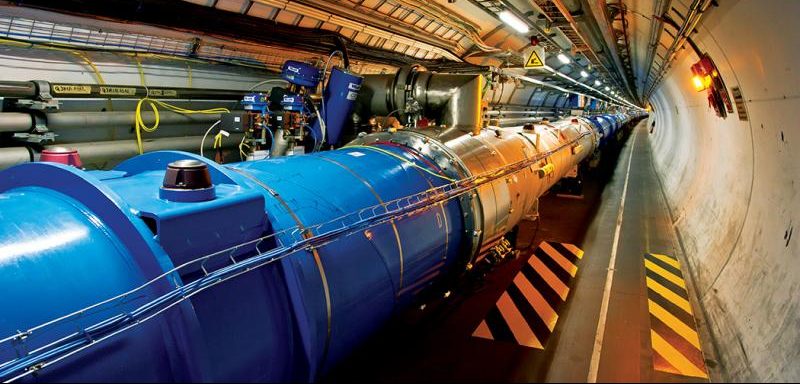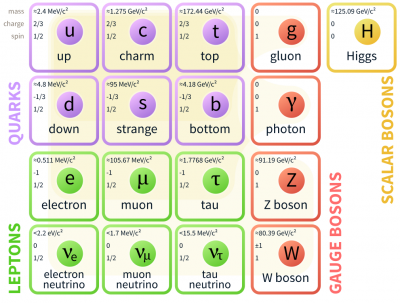
Whether the nuclear fusion approach is based upon magnetically confined plasmas or inertial confinement, the underlying idea is the same, to fuse nuclei made up of protons and neutrons into a more massive nucleus. But what if there exists other physical mechanisms?
A recent paper published in Nature by Marek Karliner and Jonathan L. Rosner describes the fusion reaction at a quark-level by the double charmed baryon discovered at CERN, Geneva. CERN hosts the Large Hadron Collider (LHC) which is the world’s largest and most powerful particle collider which intends to discover the fundamental structure of the universe.

It was found that the doubly charmed baryon, which contains two charm quarks (c) and one up quark (u), possesses a strong binding energy of about 130 MeV between the two charm quarks. This large binding energy allows an exothermic reaction to occur in which two heavy baryons undergo fusion to produce the doubly charmed baryon and a neutron.
In the paper, it is also discussed an analogous reaction with bottom quarks, a quark which is substantially heavier than the charm quark. These fusion-quark reactions would produce 12 MeV and 138 MeV for charm and bottom quarks, respectively. Bear in mind that deuterium-tritium fusion reaction produces about 18 MeV, therefore, fusion reactions with bottom quarks release one order of magnitude more energy. Nevertheless, these quark-fusion reactions are not feasible due to very short lifetimes of charm and bottom quark particles which are of the order of picoseconds.
All in all, it is a good academic exercise but it does not seem as a candidate to solve our energy crisis, at least, not at the moment.
